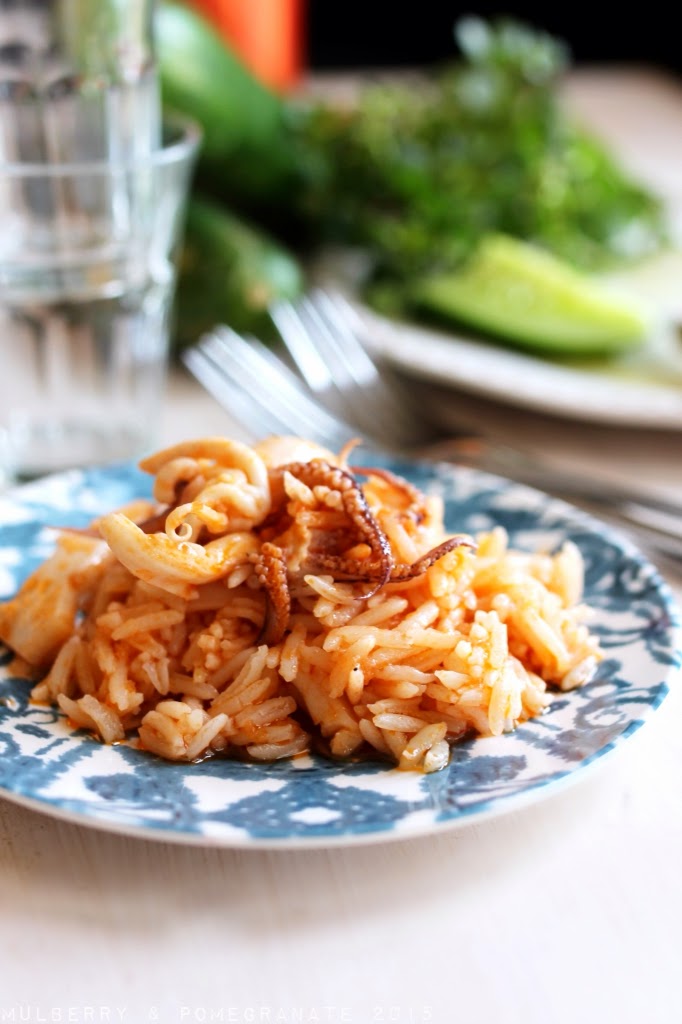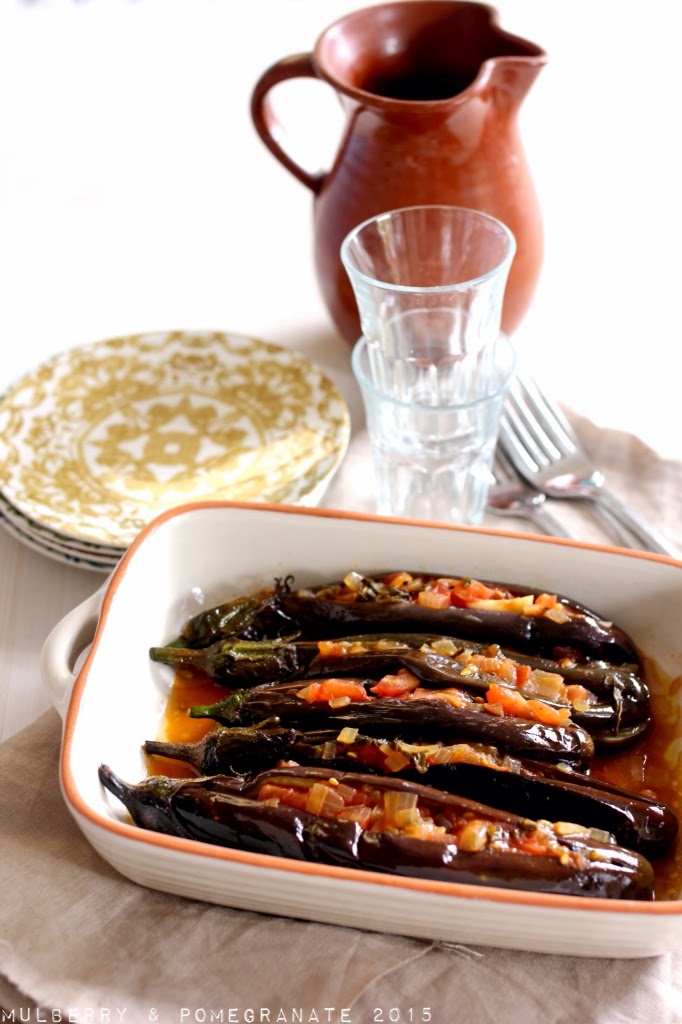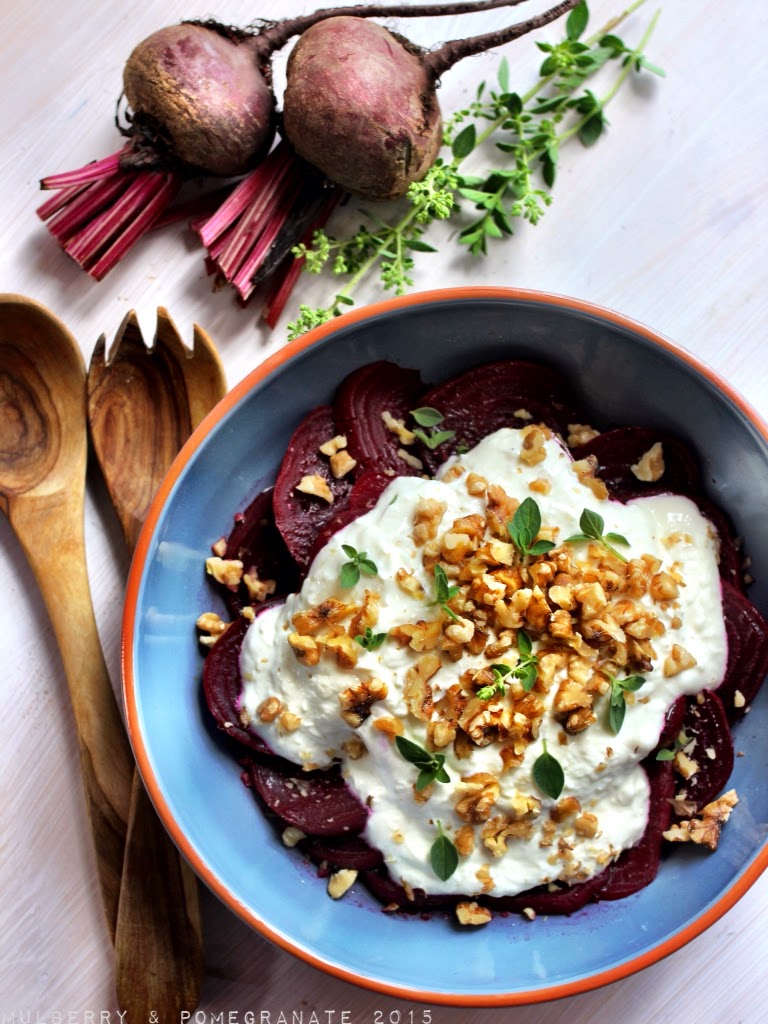Stuffed zucchini flowers with rice, mint & fennel pollen (Λουλούδια κολοκυθιάς γεμιστά)

Like many food bloggers, I am often asked, why do you have a blog? Why do you write about food? Why is it all about Greek food? The simple answer is, when your Greek father in law gives you a dazzling basket of freshly picked, home grown zucchini blossoms – you need to know what to do with them. So much love and hard work goes into home grown produce and I want to be able to treat it with the respect it deserves. My father in law is a passionate gardener. As a boy and young man, he learnt much of his fruit and vegetable growing knowledge from his father, living in the Peloponnese. It’s in his roots. I feel extremely lucky to not only share in the spoils of his garden, but also to be able to absorb his knowledge and passion for growing things. And that really is what my blog is all about. Each day I learn a little more about Greek food and culture – and this is my place to record and share it. There is often so much beauty in simple day to day moments. In my posts, I try to celebrate t



